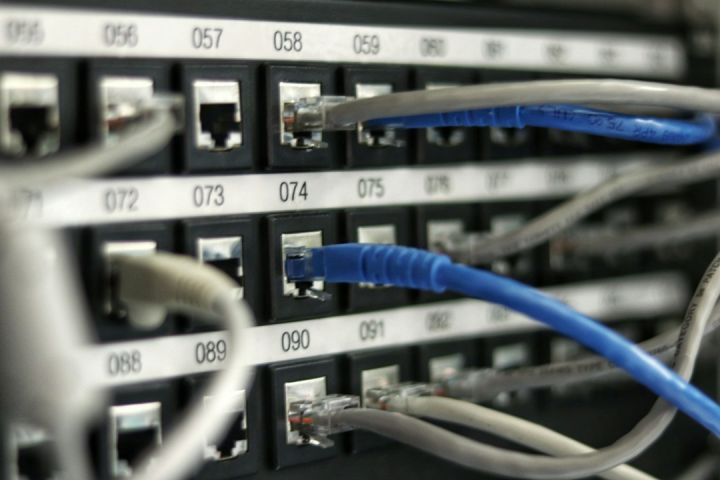How to Achieve High Availability in Your Network Infrastructure?
In today’s fast-paced digital world, having a reliable and highly available network infrastructure is crucial for businesses to maintain productivity and ensure seamless operations. High availability refers to the ability of a system or network to remain operational and accessible even in the face of hardware or software failures, natural disasters, or other unexpected events. In this article, we will explore some key strategies and best practices to achieve high availability in your network infrastructure.
Redundancy: The Key to High Availability
One of the fundamental principles of achieving high availability is redundancy. Redundancy involves having multiple components or systems in place that can seamlessly take over in the event of a failure. This can include redundant power supplies, network switches, servers, and storage devices. By distributing the workload across redundant components, you can minimize the impact of any single point of failure and ensure continuous operation.
Load Balancing for Optimal Performance
Load balancing is another important strategy for achieving high availability. Load balancing involves distributing incoming network traffic across multiple servers or devices, ensuring that no single device is overwhelmed. This not only improves performance by preventing bottlenecks but also provides redundancy in case one or more servers fail. Load balancing can be achieved through hardware load balancers or software-based solutions, such as application delivery controllers.
Virtualization and Cloud Technologies
Virtualization and cloud technologies have revolutionized the way network infrastructures are designed and implemented. By virtualizing servers, storage, and networking resources, organizations can achieve greater flexibility, scalability, and high availability. Virtualization allows workloads to be easily migrated between physical servers, ensuring that even in the event of hardware failure, services can be quickly restored on another host. Cloud technologies, such as public and private clouds, offer additional redundancy and fault tolerance by distributing resources across multiple data centers.
Network Monitoring and Management
High availability cannot be achieved without proper network monitoring and management. Network administrators need real-time visibility into the performance and health of their infrastructure to identify and resolve potential issues before they impact the availability of services. Implementing robust network monitoring tools and proactive management practices, such as regular backups, patch management, and system health checks, can help ensure high availability.
Disaster Recovery Planning
No matter how well-designed and redundant your network infrastructure is, there is always a risk of unexpected events that can cause downtime. That’s why it’s essential to have a comprehensive disaster recovery plan in place. A disaster recovery plan outlines the steps and procedures to be followed in the event of a major disruption, such as a natural disaster or cyberattack. This includes backup and restoration strategies, off-site data storage, and testing the recovery process to ensure its effectiveness.
Conclusion: Ensuring High Availability for Business Continuity
High availability is not just a luxury; it is a necessity for businesses in today’s digital age. By implementing redundancy, load balancing, virtualization, and cloud technologies, as well as monitoring and disaster recovery planning, organizations can achieve the high availability needed to ensure business continuity. Investing in a robust and reliable network infrastructure is an investment in the long-term success and resilience of your business. So, take the necessary steps today to achieve high availability and stay ahead in an increasingly interconnected world.






